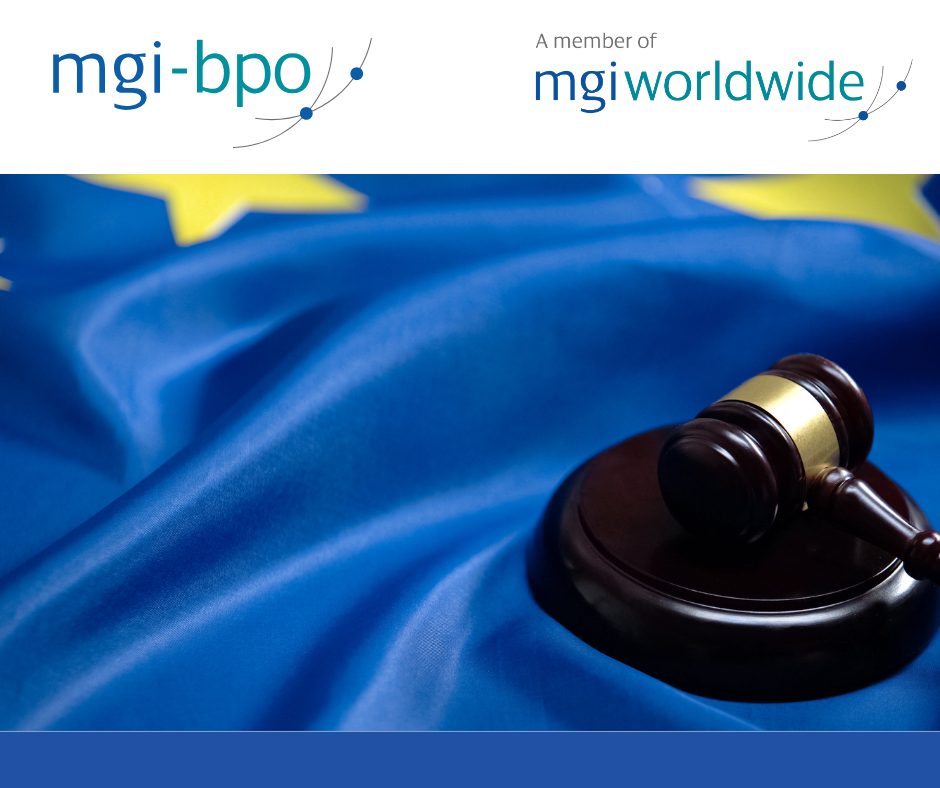
The Court of Justice of the European Union (CJEU), in its ruling in the Arcomet case, shed light on an important issue: certain transfer pricing adjustments cannot be approached solely from an accounting perspective, as they may often qualify as VAT-taxable services.
What was at the heart of the case?
In this case, a parent company was not merely a financial investor but actively participated in the operations of its subsidiary: it provided strategic guidance, took part in negotiations, and made financing decisions. At the end of the year, the parties adjusted the subsidiary’s results based on a true-up mechanism to align with market levels.
The key question was: can this adjustment be considered as remuneration for a VAT-taxable service?
The CJEU’s Position
According to the ruling, in certain cases, yes. The Court emphasized:
- Where the parent company performs actual, contractually defined tasks, the true-up amount is essentially the fee for a service;
- The fact that the exact amount is not known in advance is not a disqualifying factor, as an objective and transparent formula (e.g., TNMM range) ensures a direct link between the consideration and the service;
- Transfer pricing analysis alone is not sufficient: it must always be examined whether a service was actually provided between the parties.
What does this mean in practice?
If the adjustment qualifies as a VAT-taxable service, affected companies must:
- Issue or amend invoices accordingly;
- Document that the service genuinely supported taxable business activities;
- Be prepared to bear the burden of proof – the tax authority may examine how and to what extent the service benefited the company’s operations.
Not all true-ups trigger VAT liability
The ruling also warns: not every transfer pricing adjustment results in a VAT obligation. For example:
- If the parent company operates as a passive holding without providing substantive services;
- If the parties merely perform a tax base correction without actual payment;
- Or if the true-up in certain years works in the opposite direction (the service provider pays), these do not create VAT liability.
What should companies do now?
The key takeaway from the ruling: transfer pricing and VAT treatment cannot be separated. Therefore, any company required to prepare transfer pricing documentation or that applies year-end adjustments should review its contracts, accounting records, and invoicing processes.
It is advisable to assess whether the true-up reflects an actual service provided for consideration, and to develop documentation and invoicing practices accordingly. This is not only important for legal compliance but also to defend the company’s position effectively in the event of a tax audit.


